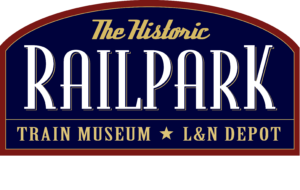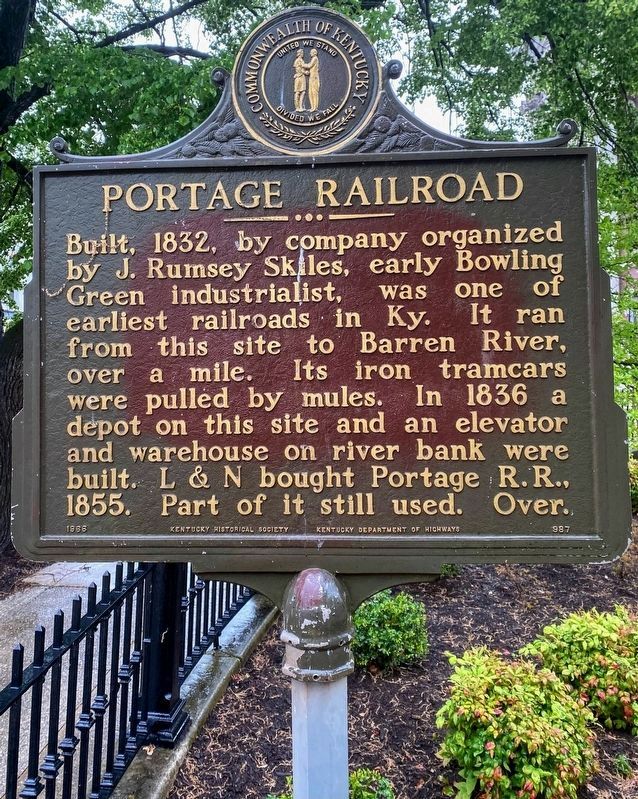Portage Railway
By Cory Ramsey
Freight was money. Moving it from the point of manufacture or growth to the point of sale was the challenge that spurred technological advancement in this country. These days, the question is, which locale has the gig cable. Which locale has the 5G tower. In the 1820s, the question became, rather quickly, which cities are on a river reachable by the technology of the steamboat. And very soon after that, which locales invested in the even newer technology of rails. Both the steamboat, and to an even greater extent the steam engine upon the railroads, would make or break established towns. Because freight coming and going, bought, and sold there, would be moved quicker, and make more money for the producer than would product shipped the old ways. Who was using chalkboards verses who was using the Cloud in the 1820s. Who was the gig and 5G verses who was on dialup. And Bowling Green wanted an inroad to the technology, which was first realized in 1837.
The Barren River was not the Ohio or the Mississippi. It was not even on the level of the Green River. But such as it was, the first steamboat to chug down to present day Boatlanding Road did so in 1828. That was still a distance of one and a half miles from the city commercial center, where the Warren County Courthouse and Fountain Square are located today. An opportunity existed to ship out agricultural products of the region, and at the same time bring in the fancier fair of home products from the northeast. But there was the issue of that one and a half miles. There were of course the old ways of transport via horse and buggy, but technology beckoned. And so the Bowling Green Portage Railway became only the second in the state of Kentucky with the first traffic from downtown to the wharf in 1837.
No steam locomotives yet, however. The line was built of vertical cedar rails with steel straps attached, with no crossties such as the way we are accustomed to seeing railroads today. Horses pulled goods and passengers on wooden cars that were more like open air platforms. The route from the river ran along present-day Church Street to Adams and then Tenth to the location of the old Courthouse where a depot was.
Still primitive as it was, the Portage Railway was the early internet of its day. That dial-up or AOL CD-ROM that everyone at the time thought was the end all be all, until the next advancement came just a short time later. The Portage was soon acquired by the new L&N in the 1850s and after improvements was used as a spur line by them for over 100 years. A century of Bowling Green industry and those families who benefited from those paychecks could look back to the rails first laid in the 1830s and have that technology to thank for the growth of their homes, and of a progress minded city on a hill.
On your next visit to Bowling Green, Kentucky, be sure to take a driving tour of our downtown to find many of the streets that were shared in this story about the Portage Railway. We invite you to explore our downtown.
Source: Bittersweet: The Louisville and Nashville Railroad and Warren County by Jonathan Jeffrey and Michael Dowell. 2001. Landmark Association. Bowling Green KY.


